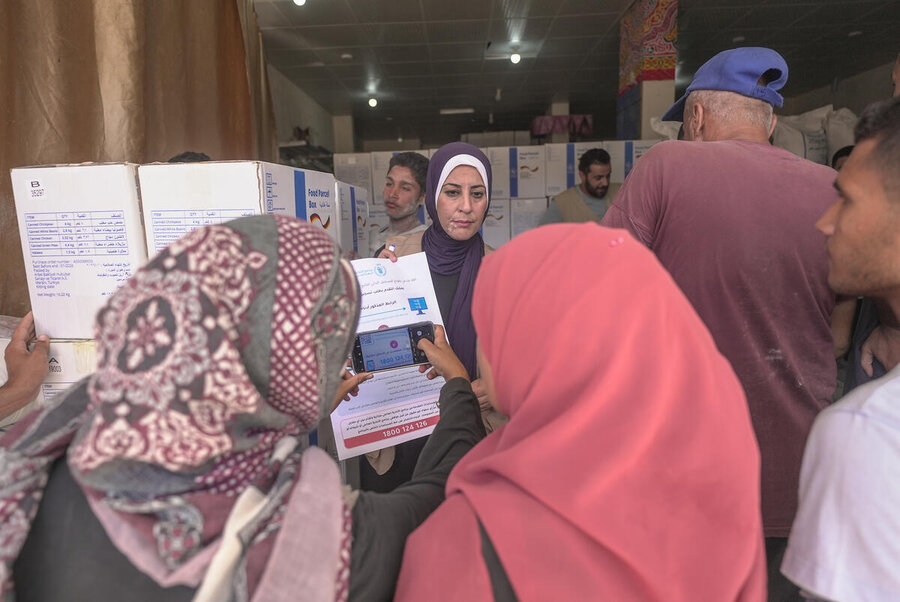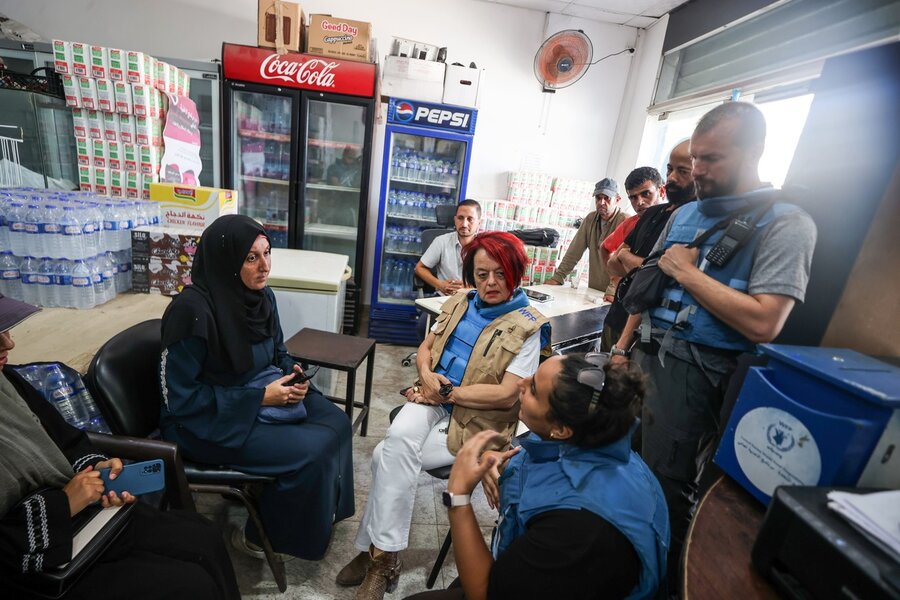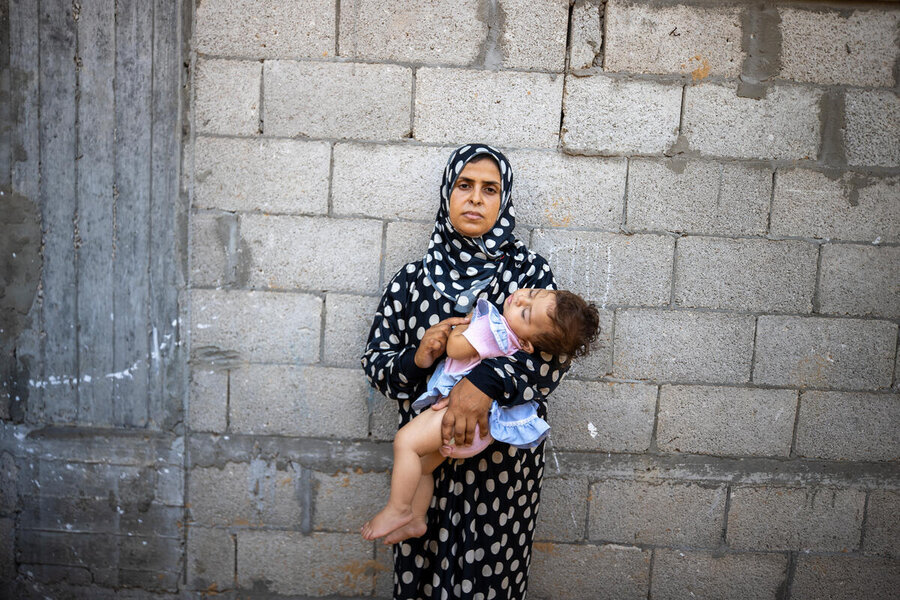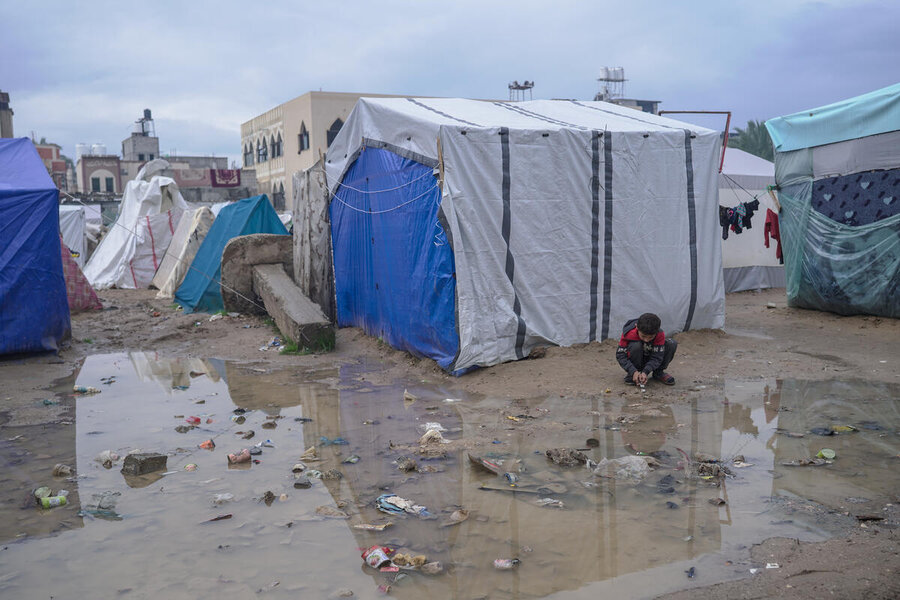
Corinne Fleischer describes Gaza as "a terrible situation getting worse."
Over the past two weeks, 21 World Food Programme (WFP) food distribution points have been closed under evacuation orders. "UNRWA (the UN Relief and Works agency for Palestine) says that 86 percent of the Strip is under an evacuation order," she says on a video call from her office in Cairo - WFP's Regional Director for the Middle East, North Africa and Eastern Europe visited the enclave in July.
"Two million people are crammed into 14 percent of the territory."
With continuous evacuation orders forcing WFP to uproot food distribution sites, precise targeting of the most vulnerable groups becomes challenging. We provide ready-to-eat food, hot meals and nutrition support to breastfeeding women and small children.
"We support partners in almost 80 kitchens, where they cook meals, pack and distribute them to people in camps," Fleischer explains.

Averting famine
She previously visited Gaza last December. "Then it was really about how do we bring food in - that's still very much the case," she says. "Now, at least we have a dedicated WFP operation on the ground." Our main accomplishment? "We have helped prevent full-scale famine from happening," she says.
There are currently nearly 500,000 people at IPC5/Catastrophe, the highest grade of food insecurity on the global standard for measuring food insecurity - down from 1.1 million people earlier this year, with more than half the population of Gaza at risk.

Fleischer is keen to highlight the positive impacts of humanitarian supplies making it through.
"Right now, we don't bring enough food into Gaza," she says. "We don't bring in what we plan for the month because we don't have enough crossing points open. We need all the crossings open and at full capacity.
"Operations are super-complicated. We work in a war zone. Roads are destroyed. We are waiting hours at checkpoints for green lights to move."

WFP, she stresses, also works to support the wider humanitarian community. "We are leading the Logistics Cluster (the interagency coordination mechanism) and supporting partners to bring in their goods through the Jordan corridor. We are receiving their goods in the north at the Zikim crossing point. We're helping them in Kerem Shalom. So, of course, we're helping with fuel supplies too."






